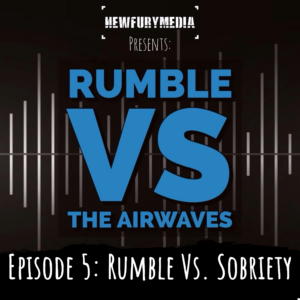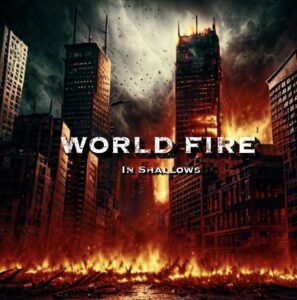When a band like Deftones is inspired by the cover art to your breakout full-length album You’d Prefer An Astronaut as well as its overall sound, you know you’re doing something right. We’re speaking, of course, about underrated and influential ’90s alt-rock heroes Hum. The band’s third and fourth full-length albums (1995’s You’d Prefer An Astronaut and 1998’s Downward Is Heavenward) are still looked at as alternative rock classics, and for good reasons. With intricate and massive drumming from the late Bryan St. Pere and their shoegaze-influenced wall of alt-rock guitar sound, the band inspired many, many bands to pick up their own instruments.
Having released two previous full-lengths, though, 1995’s You’d Prefer An Astronaut was the album that broke them into the public consciousness. In an era where alt-rock and post-hardcore bands were getting signed to major label deals (Fugazi, Jawbox, just to name two), Hum managed to stand out.
The centerpiece of the album is the band’s massive hit, “Stars”. While the song’s popularity hoisted the burden of needing repeatable success, it’s undoubtedly one of the biggest songs of the ’90s – if not in sales numbers, then certainly in quality. It’s got the loud and heavy, yet melodic quality that would come to define many bands that came after. With cracking drums from Bryan St. Pere and one of the catchiest choruses you’ll ever hear in your life, it’s not a surprise Hum got slapped with the “space rock” tag. It really does feel like you’re floating in space – a common theme of other likeminded bands like Failure.
The influence on bands like Deftones is evident almost right away on album opener “Little Dipper”. In particular, it’s where much of Stephen Carpenter’s guitar texture come from – and you can hear it all over their 2000 album White Pony. Just listen to the first verse of “Knife Party”, where Carpenter’s sharp, jagged, and melodic guitar work cuts like a knife just like Talbott and Tim Lash’s on “Little Dipper”.
More ethereal, nuanced affairs like “Why I Like The Robins” also prove to be album highlights. A track that’s driven by the instruments and not so much Talbott’s vocals, you can hear traces of the instrumentals in bands like Dredg (especially their Leitmotif and El Cielo albums). Rhythmic and then explosive, the song’s infectious melodies still feel fresh and exciting even many years after its release.
Hum pack a surprising amount of (relative) aggression and heaviness on this album, too. “The Pod” is a great example of this, as they divulge from most other alt-rock bands of the era by indulging in lengthy guitar solos. Did you know Matt Talbott could scream? Well, you will after listening to this song. In fact, it’s so heavy that it borders on alternative metal territory, though its earworm melodies suggest anything but. Much like the rest of the album, St. Pere’s thunderous drums are prominent, truly some of the best of that era.
What’s really interesting about You’d Prefer An Astronaut is that its quality ties in directly to bands like Hopesfall, who’d go on to incorporate elements of Hum’s sound on their 2002 album The Satellite Years. One of the first metalcore bands of their kind to incorporate these influences into their core sound (Cave In also did this, to an extent), it’s also not surprising that Hum’s Matt Talbott guested on the song “Escape Pod For Intangibles”. What’s also not surprising is that over the 9 songs // 46 minute runtime, there’s hardly a moment wasted. While some may argue the band’s heavier moments slightly outshine the more serene and melodic ones, You’d Prefer An Astronaut is undoubtedly one of the best alt-rock albums of the ’90s. It’s downright criminal that the record didn’t sell millions of copies – but for those who’ve heard the album, it has a plethora of lasting power.





More Stories
Bad Omens now have their first-ever RIAA Platinum single with “Just Pretend”
Rumble talks sobriety, WWE, + more with Of Virtue’s Damon Tate on Episode 5 of RVTAW
Dead Days unleash sonic fury with explosive single “ROT”